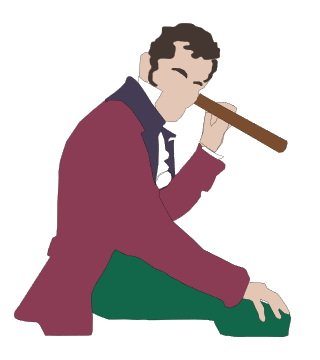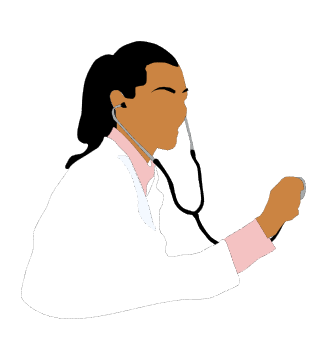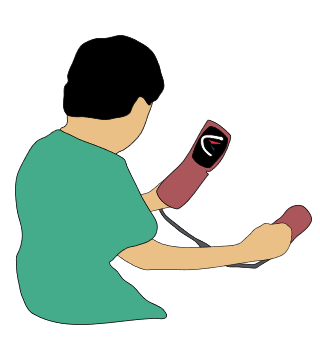Heart Disease



Unfortunately, heart disease is very common and after cancer, it is the second most common cause of death in England and Wales.
The nature of heart disease has changed over the years and whereas some types are reducing due to factors such as better treatment, others are increasing because of an ageing population.
Heart Attacks
Heart attacks have got less common since the 1960’s and patients are more likely to survive. Reasons include less smoking and increased use of statins. There has also been extensive re-organisation of services so that patients are treated very quickly. In 1964, the first coronary care unit (CCU) was opened in the Royal Infirmary of Edinburgh by Desmond Julian. Then, a third of patients died in the first hour and another third during the first day. Most deaths were due to ventricular fibrillation, an abnormal heart rhythm that can be treated by an “electric shock” (cardioversion). The CCU was where patients could be monitored by trained staff with equipment for cardioversion. Subsequently, “clot busters” became available and were the first drugs that could limit the effects of a heart attack and Specialist Nurses were trained to rapidly assess patients and to give these drugs. Now, the gold standard is the use of inflatable balloons and implantable stents to open up blocked arteries and patients are taken straight to the cardiac catheterisation laboratory from the ambulance. Patients can do so well, they may go home the next day!
Valve Disease
Another important change has been the eradication of rheumatic fever in the developed world due to public health measures such as improved sanitation. This was a bacterial infection that caused sore throats, a rash and arthritis. It could also cause valvular heart disease such as aortic stenosis and mitral regurgitation over the course of many years. Until recent decades, medical students could go to almost any medical ward and find patients with valve disease and murmurs to practise auscultation (listening with a stethoscope). In particular, they wanted cases of mitral stenosis (narrowing of the mitral valve) because this murmur was particularly hard to master and it was folklore that encountering a case in exams would mean failure. Now, it is harder to find inpatients with murmurs for teaching purposes and even cardiologists may not see a case of mitral stenosis for several years. Currently, the most common valve disease is aortic stenosis and this reflects increasing lifespan because it is considered a disease of ageing. Diseased valves can be replaced or repaired and it is even possible to replace valves without opening the chest using a procedure similar to insertion of coronary stents.
Heart Failure and Atrial Fibrillation
Heart Failure is one cardiovascular condition that is becoming more common. One reason is because more patients are surviving heart attacks but unfortunately, with weakened hearts. Atrial Fibrillation is also becoming more common. It is an irregular heart rhythm that increases the risk of stroke and is more frequently found in the elderly.
Symptoms of Heart Disease
Although the list of heart diseases is long, there are common symptoms such as chest pain, breathlessness, palpitations, dizziness and blackouts. Recognising these at an early stage results in more timely diagnosis and better outcomes.